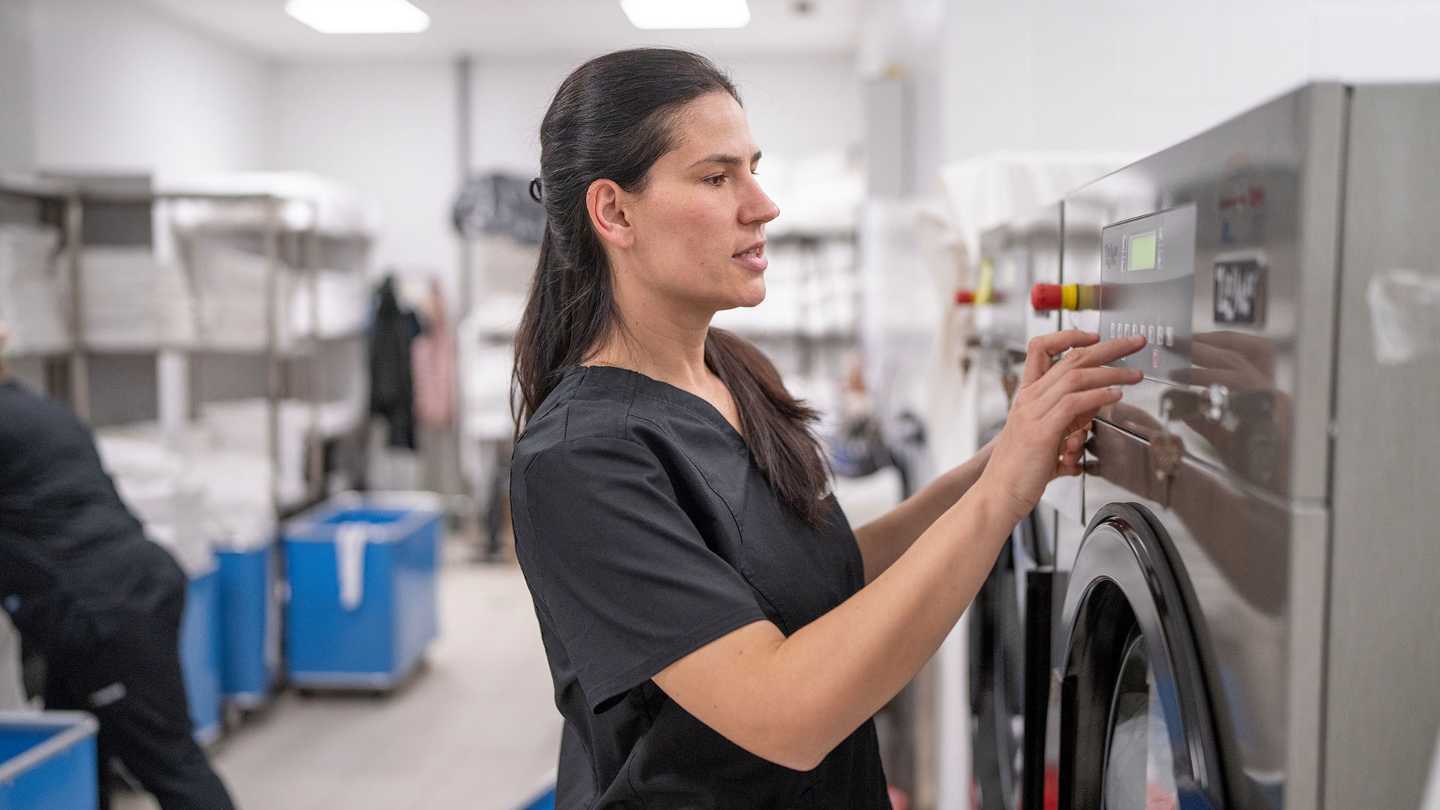How to deal with grid congestion

- Amber Kuipers
- Background
- 10 October 2025
- 1 min
- Managing and growing
Would you like to expand with an additional branch, a larger cold store, or solar panels? If so, you may not be granted permission for a new or more powerful electricity connection. Nor is it always possible to feed electricity back into the grid from your solar panels, because the grid is ‘full’. These situations are becoming a reality for more and more entrepreneurs in the Netherlands. The cause of this is grid congestion: at peak times, the power grid does not have sufficient capacity to meet all requests for consumption and feed-in.
More than 22,000 companies are currently on the waiting list. As a result, more and more entrepreneurs are finding their plans stalled. What can you do to prepare yourself, or to speed up the process?
Am I at risk?
Not every company is immediately affected by grid congestion. But if you want to invest, grow, or become more sustainable, it is wise to check the status of the power grid in your region.
- The RVO wegwijzer (grid congestion guide, in Dutch) will help you find out if you need to take action.
- Use the (capacity map, in Dutch) to determine whether there is still room for feed-in or a new connection to your local power grid.
- The province of Gelderland offers a (in Dutch) that gives you insight into your consumption.
Nationaal Expertisecentrum Netcongestie
The Nationaal Expertisecentrum (National Expertise Center for Grid Congestion, in Dutch) is there for companies that are reaching the limits of the grid and offers practical support. The expertise center brings together knowledge from across the Netherlands, collaborates with grid operators, governments, and companies, and shows what already works.
What can you do?
Even if the grid is (temporarily) full, there are often solutions available. Consider:
- using electricity more intelligently: spread your consumption throughout the day or shift it to off-peak hours.
- saving energy through more efficient processes, appliances, or lighting.
- using batteries to temporarily store generated electricity.
- Other types of contracts with your grid operator, such as a connection request for flexible capacity. This is a contract in which your electricity consumption is adjusted to the needs of the electricity grid.
RVO has an overview of possible solutions, and the province of Gelderland also offers concrete (in Dutch).
Work together
Are you concerned about a new or heavier connection? Collaborating with other entrepreneurs can offer a solution. Consider collective solutions such as a shared battery or the smart distribution of capacity via an energy hub.


